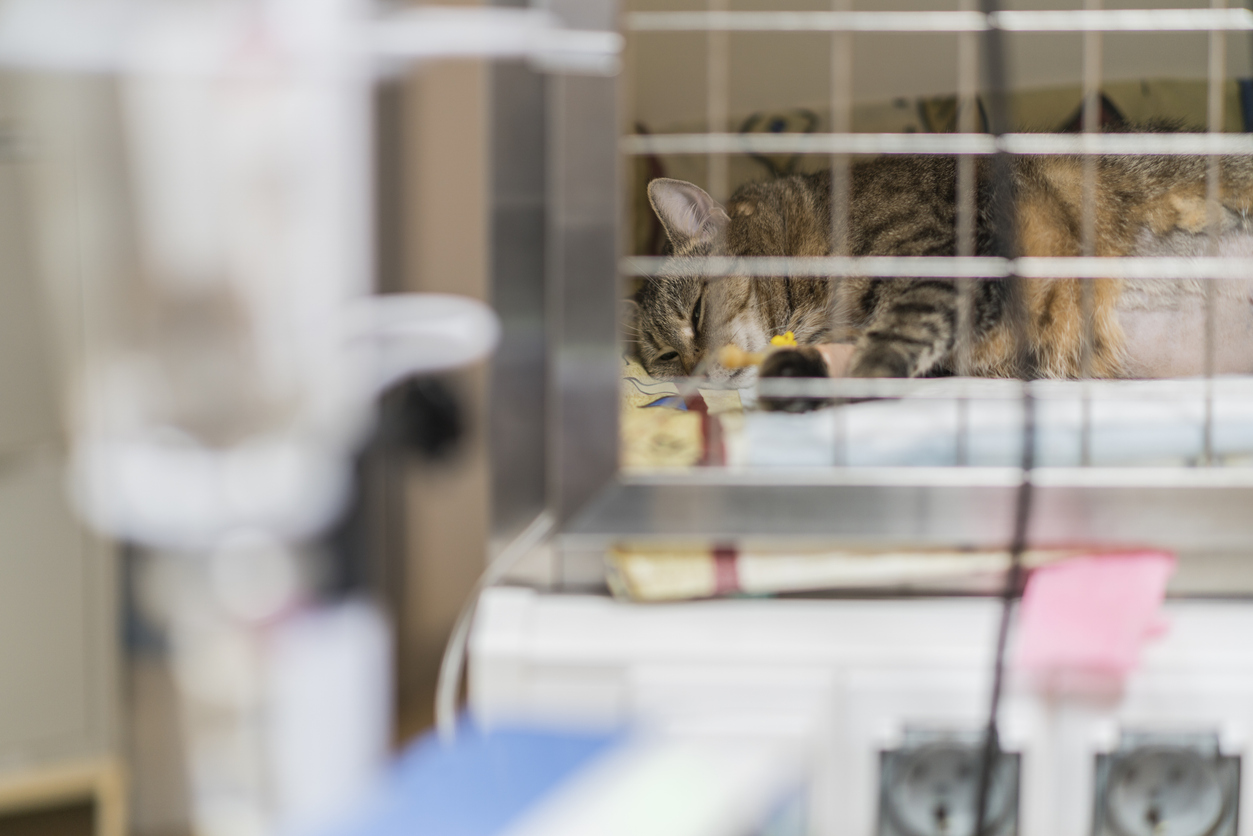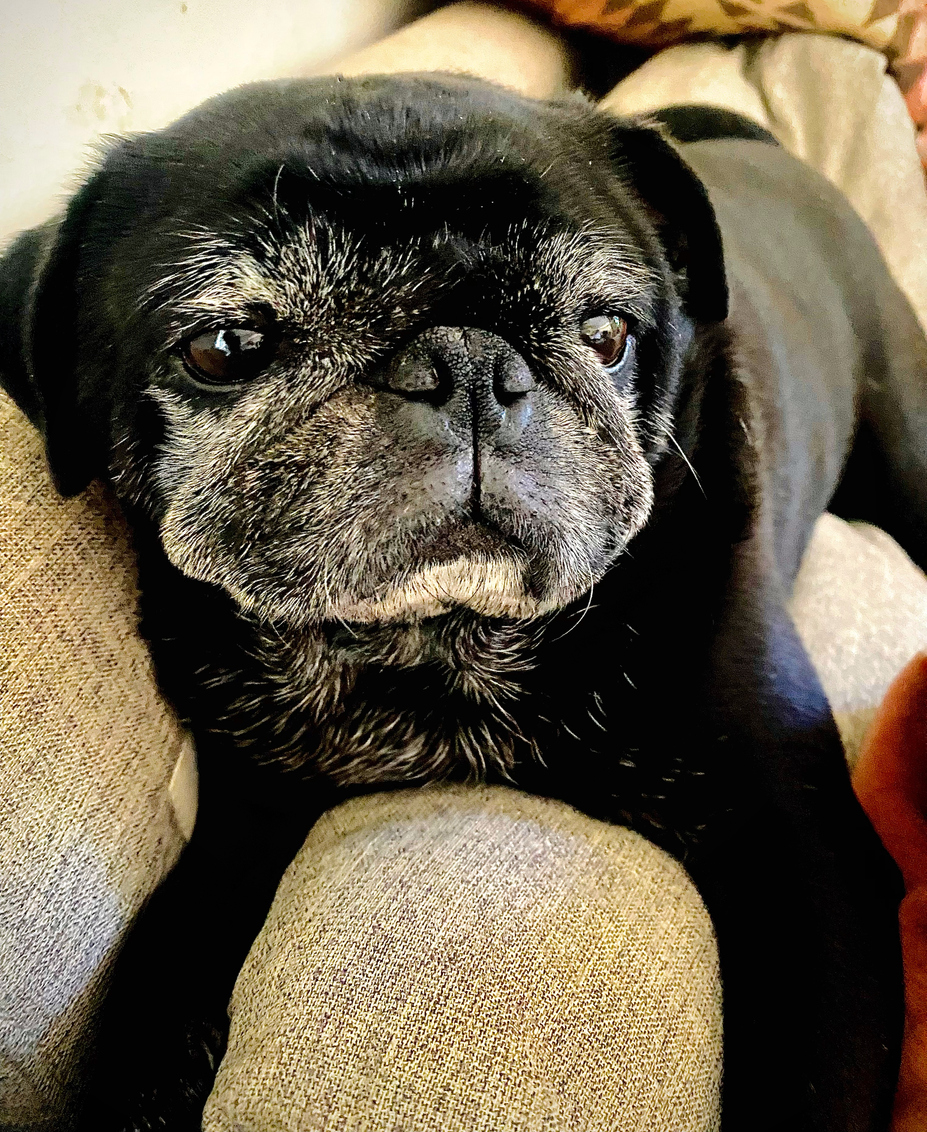Cancer Care Service
What is cytology?
Cytology is the microscopic examination of cells that have been collected from body tissues. By examining the appearance of these cells and looking for inflammation or infection, it is often possible to diagnose specific diseases or determine the nature of a pet's illness.When is cytology by fine needle aspiration performed?
Fine needle aspiration (FNA), also called fine needle biopsy, is the most frequently used technique in cytology. It is typically used to sample 'lumps and bumps' on the body; however, it is also used to evaluate:
- internal organs, such as the liver, lungs, lymph nodes, or kidneys
- body fluids, such as urine or joint fluid
- abnormal accumulations of fluid (called effusions) in the chest, abdomen, and around the heart
How are cells collected with fine needle aspiration?
The technique of FNA is generally straightforward. A sterile fine gauge needle is attached to an empty syringe. The needle is introduced into the tissue and the plunger of the syringe is pulled back while the needle is held in the tissue. This creates suction, which aspirates tissue cells or fluid from the site into the syringe.
Cytology specimens are sometimes collected during an ultrasound examination. These samples are called ultrasound- guided fine needle aspirates since the ultrasound image is used to locate the site to be sampled and helps the veterinarian position the needle correctly before aspirating the sample.
What happens to the collected cells?
When a tissue is sampled, a number of tissue cells get drawn into the needle. This sample is immediately and gently expelled onto a clean glass slide, spread in a thin layer, and rapidly dried by waving the slide in the air or by placing it in front of a fan or portable hair dryer. This is called making an air-dried smear. The slide is then stained with special dyes and examined under the microscope.
When a fluid sample is collected, air-dried smears are often prepared directly from the sample in the syringe, and the remaining fluid is placed in transport tubes or containers. The smears and the containers are then sent to the laboratory for further analysis. This typically includes measurement of the cellularity (number of type of cells in the sample) and protein content of the fluid, as well as preparation of additional slides. If the sample is very thin and watery, sometimes the sample is concentrated before the slides are made, which provides more cells to look at. The slides are then stained with special dyes and examined.

Is any special preparation required before collecting the sample?
For routine sampling of lumps and bumps on the body there is usually no special preparation required, although a simple disinfectant like alcohol may be applied to the skin prior to sample collection. However, when samples are collected from internal organs or need to be tested for bacteria, sterile surgical technique must be used during the collection and handling of the sample. This involves, for example, shaving the hair, cleaning and disinfecting the skin, and wearing surgical gloves just as would be done in preparation for surgery.Is cytology by FNA always diagnostic?
Cytology by FNA is not always diagnostic, but even when the results are inconclusive, they usually contribute valuable information that ultimately leads to a final diagnosis.What is the next diagnostic step after cytology?
The next diagnostic step after cytology is histology. Histology is the microscopic examination of a sample (small piece) of tissue that has been collected surgically. Histology not only focuses on the individual cells, but on how they are structurally related to one another (the tissue architecture). It provides information on how the cells are organized and how related tissues interact with each other, looking for any disruptions in the normal patterns.
In most cases, histology will provide a definitive diagnosis, and as such, it is generally considered the diagnostic ’gold standard’. It is routinely recommended to confirm cytological findings (e.g., of a fine needle aspiration) and is often needed to determine if a tumor is benign or malignant. If your pet has a growth that is surgically removed, always request that the tissue be sent away for histological examination.



